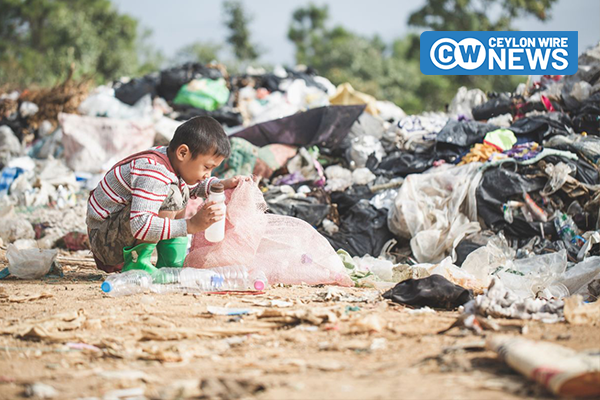In a groundbreaking revelation, the American think tank Brookings has asserted that India has successfully eradicated “extreme poverty,” as indicated by a substantial decrease in the headcount poverty ratio and a notable surge in household consumption. The report, authored by Surjit Bhalla and Karan Bhasin, attributes this achievement to the Indian government’s robust policy emphasis on redistribution, fostering inclusive growth over the past decade.
The official consumption expenditure data for 2022-23, recently released by India, marks the first comprehensive survey-based poverty estimates in over a decade. According to the data, real per capita consumption growth has averaged 2.9 per cent annually since 2011-12, with rural growth at 3.1 per cent, significantly outpacing urban growth at 2.6 per cent.
Unprecedentedly, the data reveals a substantial decline in both urban and rural inequality. The urban Gini index declined from 36.7 to 31.9, while the rural Gini dropped from 28.7 to 27.0. This unparalleled decline, amidst high per capita growth, is deemed exceptional in the realm of inequality analysis.
Brookings contends that the amalgamation of high growth and a considerable reduction in inequality has effectively eliminated poverty in India for the Purchasing Power Parity USD 1.9 poverty line. The Headcount Poverty Ratio for this line has plummeted from 12.2 per cent in 2011-12 to 2 per cent in 2022-23.
Rural poverty now stands at 2.5 per cent, while urban poverty has decreased to 1 per cent. For the PPP USD 3.2 line, the Headcount Poverty Ratio has dropped from 53.6 per cent to 20.8 per cent.
Notably, the estimates exclude the impact of government-supplied free food and do not consider the utilization of public health and education services, according to the think tank.
The Brookings report applauds India’s national initiatives, such as the construction of toilets, universal access to electricity, modern cooking fuel, and piped water, for driving consumption. It notes a significant increase in rural access to piped water, from 16.8 per cent in August 2019 to 74.7 per cent presently, contributing to reduced sickness and potentially higher family incomes.
The report concludes that the official confirmation of India eliminating extreme poverty holds positive implications for global poverty headcount rates. Additionally, it suggests that India should transition to a higher poverty line, offering an opportunity to redefine social protection programs for better identification of beneficiaries and greater support to those genuinely in need.









